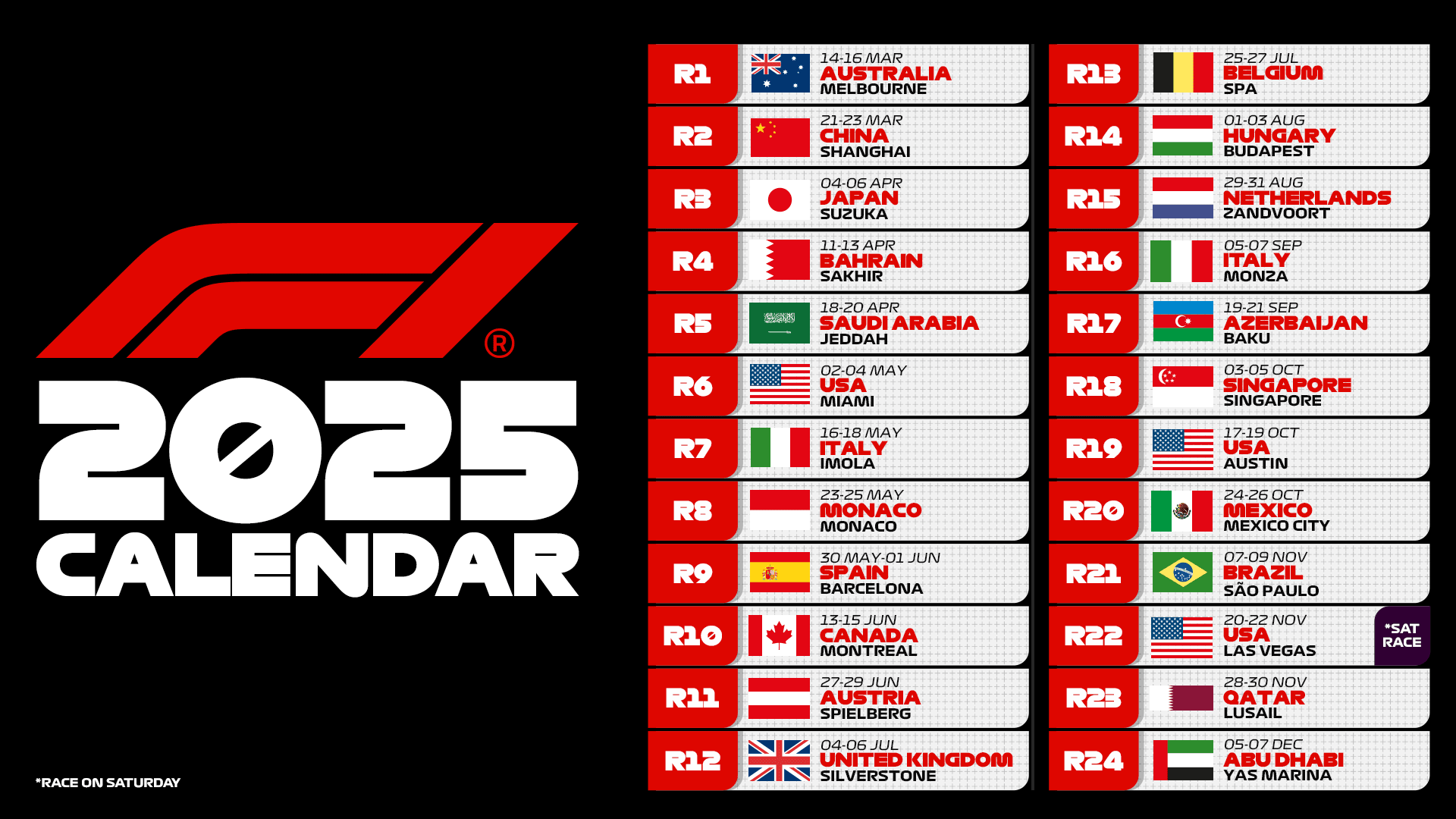Formula 1 is experiencing a drop in popularity, possibly due to Red Bull’s dominance with Verstappen and the undeniable fact that the three pillars of the American revolution – Cost Cap, ATR, and “next-gen” cars – have not quite hit the mark. However, this does not mean that the category’s appeal has irreversibly waned.
Several factors support the opposite view. Starting with the entry of an eleventh team, led by Michael Andretti, who has enjoyed success in races with four other competitors. This demonstrates that many entities are knocking on Liberty Media Corporation’s door, aiming to join the exclusive group of participants in the premier motorsport competition. Additionally, new engine manufacturers are entering the scene.
Audi has been working for a while and has partnered with Sauber to establish a group that intends to be a key player right from the start. Ford has joined forces with Red Bull after Honda’s departure (who will be the exclusive partner of Aston Martin) and aims to create a new model of technical and commercial partnership, with work already underway at their powertrains division in Milton Keynes. Then there’s General Motors, supporting the efforts of Andretti, which initially could rely on customized Renault-Alpine power units and then, in the following seasons, introduce their own engine.
There is significant excitement surrounding open-wheel racing, which is experiencing unprecedented global fame. The new technical regulations, which simplify the V6 turbo-hybrid engines through the removal of the MGU-H and the increased importance of the MGU-K, are attracting automotive giants. They see clear technical advantages in the production of road cars, especially with the use of eco-friendly fuels, which must be emissions-free and drop-in by 2030, meaning adaptable to any internal combustion engine.
This excitement gives rise to extensive speculations based on minor developments. Media speculations stem from what is happening at McLaren. The team led by Zak Brown recently inaugurated the new Woking wind tunnel, separating from the one owned by Toyota Gazoo Racing Europe in Cologne, which McLaren engineers had been using since 2010. This long-term collaboration with the Japanese giant might not end with the relocation.
Currently, the engineers based in Germany are reportedly assisting McLaren in optimizing the new English facility, aligning with the words of TGR-E CEO Rob Leupen, who explained that Toyota’s personnel is involved in the integration process of the new wind tunnel. The connection is strong and might lead to more significant collaborations.
The beginning of this speculation can be traced to McLaren’s addition of Ryo Hirakawa, a driver affiliated with Toyota, as a reserve driver. From this secondary scenario, the rumors have started that Toyota, which left Formula 1 in 2009 after seven lean years, might be preparing for a spectacular return.
Show your support for Scuderia Ferrari with official merchandise collection! Click here to enter the F1 online Store and shop securely! And also get your F1 tickets for every race with VIP hospitality and unparalleled insider access. Click here for the best offers to support Charles and Lewis from the track!
Ryo Hirakawa, in addition to his role as a reserve driver, will be engaged in WEC with Team Toyota Gazoo Racing and will have the opportunity to work in the simulator and test Formula 1 cars from past years. Some believe this versatile role hints at something more significant. However, the officials from Toyota’s headquarters in Aichi have denied these rumors. A long-time Toyota consultant, Kazuki Nakajima, stated, “For now, it’s clearly a no. Hirakawa’s agreement with McLaren focuses solely on a driver. We support his dream.”
“At the moment, his agreement with McLaren has nothing to do with such rumors. As for the future, one can never tell,” Nakajima added, leaving a tiny window open for an undefined future. Andrea Stella, on the occasion of the agreement, did not make any references to the engine issue.
Moreover, there are elements that make one ponder the situation and fuel the speculation. McLaren has an agreement with Mercedes until 2025. It’s no secret that the ex-Ferrari team principal and Zak Brown have been in discussions with other parties. Chris Horner stated, with the confirmation from the two aforementioned representatives of the Woking team, that discussions were initiated regarding a potential supply of Red Bull-Ford engines.
The idea was outlined but was eventually dismissed by both parties due to mutual requirements. Milton Keynes intended to supply engines exclusively to its two affiliated teams, while McLaren did not want to venture into the unknown after making significant advancements in chassis and aerodynamics.
In addition, McLaren flirted with Honda before it succumbed to Lawrence Stroll’s temptations and technical proposal. Thoughtful considerations are being made at Woking about the effectiveness of a model that entails using an engine primarily designed to meet another team’s technical requirements. Being a customer brings short-term advantages but can impose developmental constraints in the long run.
While Mercedes aims to offer a product as neutral as possible, specific technical choices, such as the allocation of some components of the power unit and the design of connected transmissions, influence the range of possibilities. Having an exclusive engine supplier broadens the range of possibilities. McLaren has witnessed what happened nearby with the Honda-Red Bull agreement and what Aston Martin plans to do.
This is the paradigm they would like to replicate, but there are currently no operational conditions for it. The option of Toyota is not concrete at the moment and may formalize as a commercial partnership resulting in rebranded engines. However, this requires Mercedes’ approval, as they are protective of their brand.
Nonetheless, these discussions are legal and marketing matters and would only be addressed if certain scenarios change. For now, Formula 1 remains as it is, although the presence of Honda with its repeated victories is encouraging other Japanese industrial groups to consider making the big leap.

Source: Diego Catalano for FUnoanalisitecnica












.png)

Leave a Reply